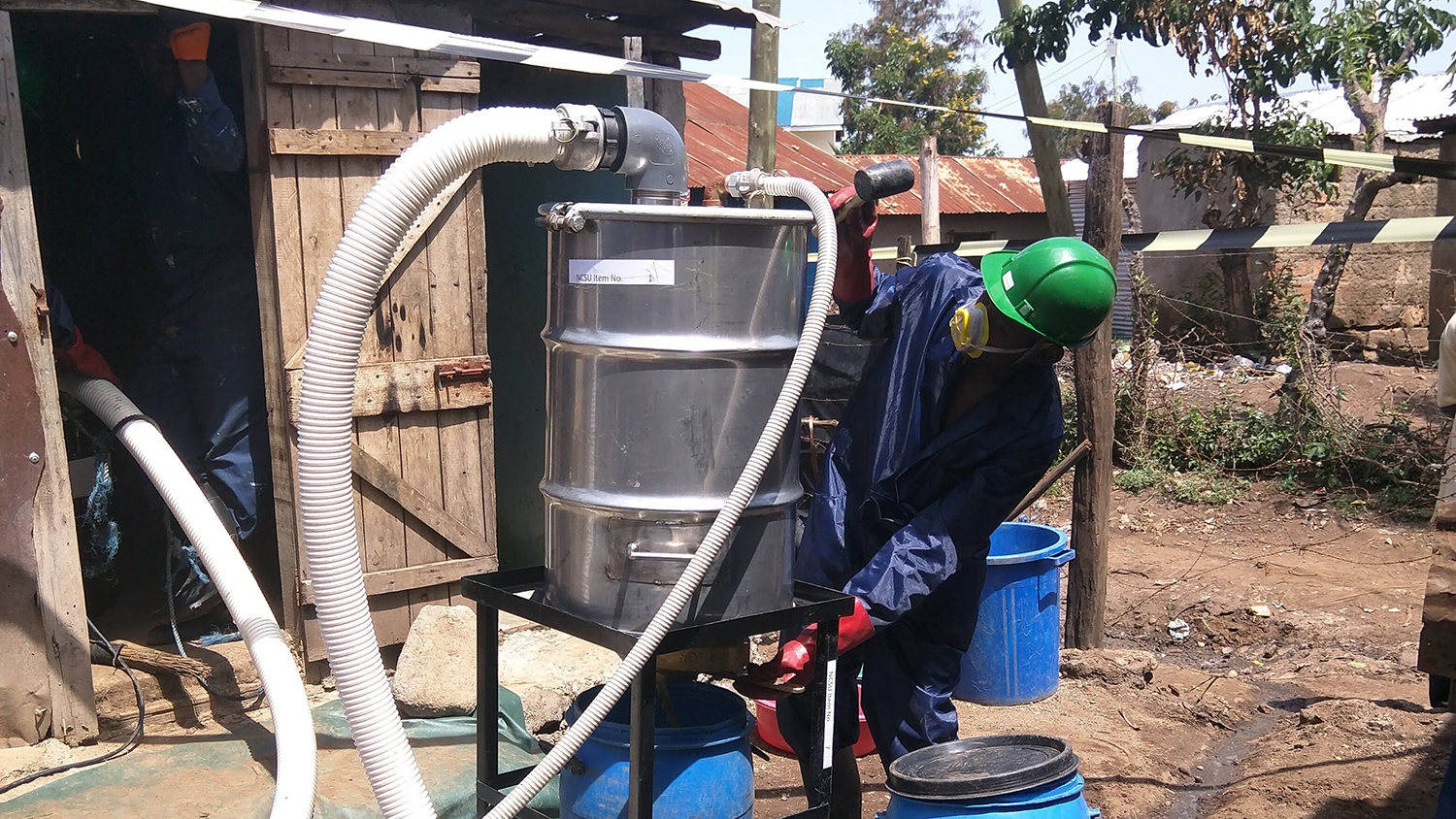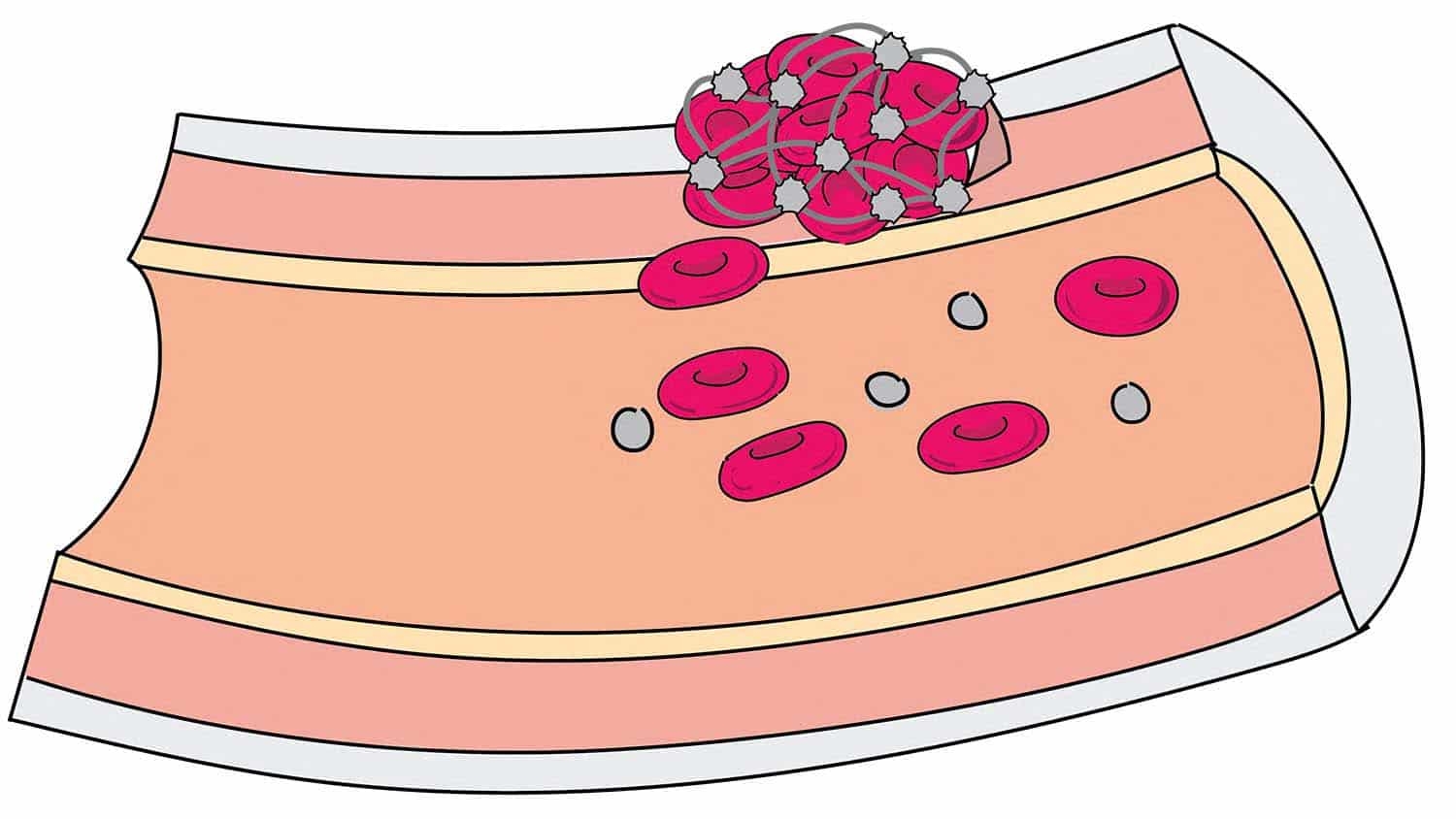NC State-designed pit latrine emptying device wins first-place in environmental challenge


The Flexcrevator, a pit latrine emptying device designed by NC State researchers, is set to start longer-term field testing early next year, in part thanks to a first-place award of $50,000 from the 2018 RELX Group Environmental Challenge, which recognizes projects aiming to improve sanitation and access to clean water.
Dr. Francis de los Reyes, professor in the Department of Civil, Construction, and Environmental Engineering and faculty lead on the project, said longer-term field testing is the next step toward getting the Flexcrevator mass-manufactured and more readily available to municipalities and nongovernmental organizations worldwide.
The Flexcrevator provides a more sanitary way to remove fecal waste for treatment from pit latrines used by almost 2 billion people worldwide. These latrines often fill with trash, which blocks the fecal sludge from being excavated and may force workers to remove sludge manually, increasing their risk of disease. The device suctions out the sludge through a hose attached to a rotating auger that prevents trash from being pulled up with the fecal sludge.
Two organizations — Pit Vidura in Rwanda and PRACTICA in Madagascar — will be able to use the device for as long as they want in exchange for data about the kinds and number of pits emptied, any needed improvements and whether they were able to turn a profit using the device.
“This award will help jumpstart the project to show it can be the basis of a profitable business because that’s how you prove it’s working. Otherwise it’s just a research project,” de los Reyes said. “So we’re using the money to transition to commercialization and scaling up.”
He hopes that by the end of the testing period, there will be commercial partners interested in manufacturing and distributing the device. In addition to improving sanitation, the Flexcrevator will help the pit latrine emptying process become more cost-effective. According to models, the payback period is about 1.5 years, de los Reyes said, as teams will be able to empty more pits at a faster rate.
The Flexcrevator has been in the works since 2011, after the Bill and Melinda Gates Foundation sent out a request for proposals on a new way of emptying pit latrines. Tate Rogers, who has a B.S. and M.S. in environmental engineering form NC State, designed the first prototype for his senior design project. He still works as a consultant on the project.
Throughout the last seven years, de los Reyes said, the NC State team has done extensive field testing in countries in south Asia and sub-Saharan Africa to make the device usable for the people who need it.
“I think it’s fair to say that we’ve been funded continuously by the Gates Foundation and have had some success because of our focus on going to the field and actually emptying pit latrines,” de los Reyes said.
The first design did not include a trash excluder, and the engineers have changed the design so it’s easier to carry and can be repaired locally. De los Reyes hopes the devices will be available at a larger scale by 2020.
- Categories:


